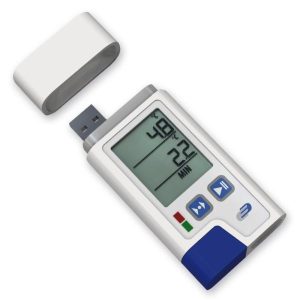The CAN bus architecture is the foundation of modern communication systems used in automotive, industrial, and aerospace applications. It provides a standardized way of transmitting data between different components of a system, enabling them to work together seamlessly. In this blog, we’ll explore the different layers of the CAN bus architecture and how they work together.
Physical layer
The physical layer is the lowest layer of the CAN bus architecture and is responsible for transmitting the data over the physical medium, such as a cable or wireless connection. It defines the electrical characteristics of the bus, such as voltage levels, signal timing, and termination. The physical layer ensures that the data is transmitted reliably and accurately between the different components of the system.
Data link layer
The data link layer is responsible for managing the flow of data between different nodes in the system. It divides the data into smaller units called frames and adds control information such as message identifiers and error detection codes. The data link layer also provides error detection and correction mechanisms to ensure that the data is transmitted accurately and reliably.
Network layer
The network layer is responsible for managing the communication between different nodes in the system. It provides services such as message routing, message filtering, and message prioritization. The network layer ensures that the data is transmitted efficiently and reliably between the different nodes in the system.
Application layer
The application layer is the highest layer of the CAN bus architecture and is responsible for defining the messages that are exchanged between the different nodes in the system. It defines the data structure, message format, and message content of the messages that are transmitted over the bus. The application layer ensures that the data is transmitted in a meaningful and standardized way between the different nodes in the system.
In conclusion, the CAN bus architecture is the foundation of modern communication systems, providing a standardized way of transmitting data between different components of a system. By dividing the communication process into different layers, the CAN bus architecture ensures that the data is transmitted accurately, reliably, and efficiently. Whether it’s in automotive, industrial, or aerospace applications, the CAN bus architecture is essential for ensuring the smooth operation of complex systems.










